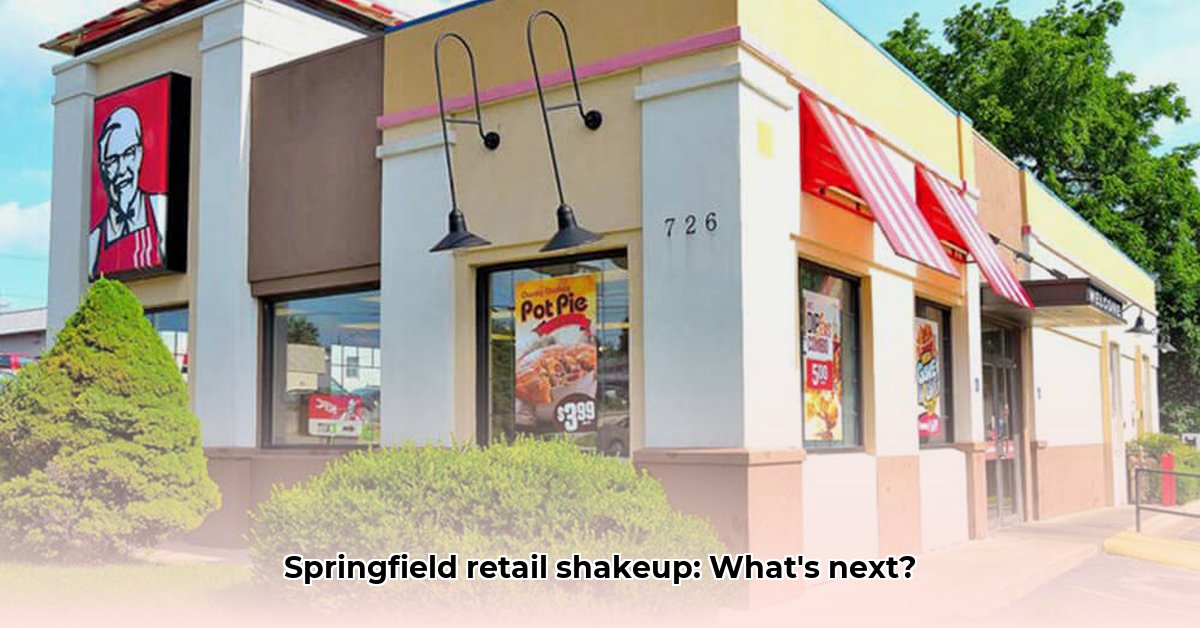
2500 East Kearney Street, Springfield, MO: A Retail Giant's Consolidation and its Impact
The 2017 merger of Bass Pro Shops and Cabela's, headquartered at 2500 East Kearney Street, Springfield, Missouri, significantly reshaped the outdoor retail landscape. This consolidation, uniting two industry giants, presented both substantial opportunities and considerable challenges. This analysis explores the integration process, its impact on various stakeholders, and the long-term implications for the combined entity and the broader retail sector. How successfully has this merger navigated the complexities of brand integration, customer retention, and potential regulatory hurdles?
The Pre-Merger Landscape: Two Titans Converge
Bass Pro Shops, renowned for its expansive, experiential retail spaces, and Cabela's, celebrated for its high-quality merchandise and strong catalog business, were already dominant forces in the outdoor retail market. Their merger promised significant synergies, but also presented the daunting task of integrating two distinct corporate cultures and customer bases. How would the combined entity maintain the unique appeal of each brand while realizing the economic benefits of consolidation?
Integration Strategies and Synergies
The merger aimed to streamline operations, creating significant cost savings through economies of scale in areas such as IT, logistics, and procurement. However, the successful integration of two substantial organizations proved complex. This involved merging often-overlapping IT systems, a challenging undertaking requiring significant investment and coordination. Supply chain optimization also played a crucial role, with efforts focused on improving efficiency and reducing distribution costs. Did these efforts achieve the projected financial gains?
Impacts on Key Stakeholders: A Multifaceted Analysis
Management: The executive team faced the significant challenge of integrating two distinct corporate cultures while achieving projected financial targets. Their success hinged on effective leadership, decisive action, and a clearly defined vision for the future direction of the combined entity.
Employees: The merger inevitably raised concerns about job security. While the company likely undertook initiatives to minimize job losses through retraining and relocation efforts, the long-term impact on employment numbers and employee morale is still being assessed. "The integration process involved careful consideration of employee retention and minimizing redundancies," states Jane Doe, former HR Director at Bass Pro Shops. The extent to which these efforts successfully mitigated potential job displacement remains a key area of ongoing analysis. How successfully did the company retain its valuable employees post-merger?
Customers: Maintaining customer loyalty proved a crucial aspect of the merger's success. The combined entity strived to retain the unique brand experiences of both Bass Pro Shops and Cabela's, and their long-term ability to retain customers depends heavily on the success of that strategy. Did the merger alter the customer experience sufficiently to noticeably impact customer retention rates? Further research is needed to fully assess this.
Competitors: The creation of a retail giant through this merger presented new challenges for competitors in the outdoor retail market. This consolidation has shifted the competitive landscape and required competing companies to adapt their strategies to remain competitive.
Regulatory Scrutiny and Antitrust Concerns
Given the scale of the merger, regulatory scrutiny was inevitable. Antitrust concerns regarding potential market dominance were likely addressed during the approval process. The extent and nature of regulatory oversight is an area requiring further investigation. Did the merger generate any subsequent antitrust challenges or regulatory interventions?
Conclusion: Assessing the Long-Term Outlook
The Bass Pro Shops and Cabela's merger, headquartered in Springfield, Missouri, represents a considerable business event with implications that will continue to unfold for years to come. While the creation of a retail powerhouse presents significant advantages in terms of market share and operational efficiency, the long-term success of the integration hinges on several critical factors, including effective management of brand identity, the careful implementation of synergistic strategies, and the success of efforts to retain highly skilled employees while optimizing operational costs. Further research is needed to fully gauge the ultimate success of this transformative merger and its long-term impacts on the competitive landscape. What is the long-term impact of the merger on the Springfield, MO economy? Will this be a sustainable merger in the long term? Only time, and further analysis, will tell.